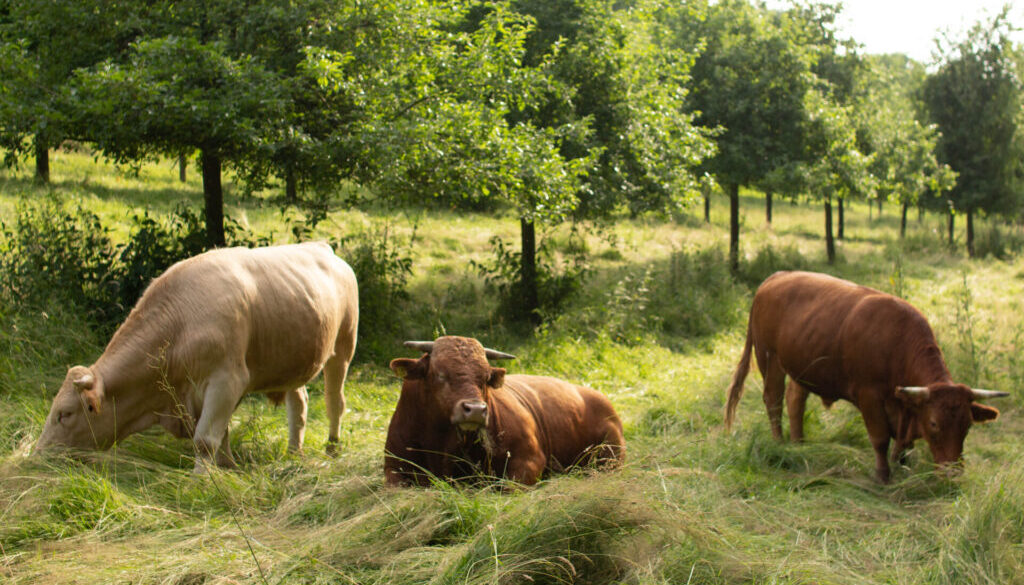Photo 5: Livestock farming with trees in Rhineland-Palantinate, © Hugo Orenga
Agroforestry in Germany
- GERMAN ASSOCIATION OF AGROFORESTRY DEFAF E.V.
Founded in 2019 as a registered non-governmental NGO the German Association for Agroforestry (DeFAF) commits to the establishment, management, dissemination and promotion of agroforestry systems in Germany. DeFAF is in charge of the representation of German agroforestry interests in the European Agroforestry Federation (EURAF) represented by the national delegates Leon Bessert and Anke Hahn. DeFAF’s main aims are
- to integrate all formats of agroforestry into agricultural practice in Germany. DeFAF holds agroforestry land use as a promising and forward-looking instrument for making a significant contribution to protecting the climate, soil and water as well as promoting biodiversity in agricultural landscapes and animal welfare. It considers agroforestry to be a suitable cultivation system for better adapting agricultural production to the changing climate conditions;
- creates knowledge, educates and elaborates tools and innovative strategies for agroforestry for a sustainable development of rural and urban landscapes, farms, businesses and communities facing major challenges of socio-demographic, technological and climate change;
- coordinates a broad stakeholder network and sees itself as a contact and information point and education think tank for people interested in agroforestry;
- strengthen the knowledge transfer between practitioners such as farmers and researchers and to build and expand bridges to political decision-makers. It also endeavors to collaborate and network with other professional and interest groups as well as governmental and local authorities, and scientific institutions;
- holds long-lasting stable cooperations with farmers, authorities, associations and other relevant institutions in and outside the German agrifood sector, as well as the adoption of educational modules within its own format, the Agroforestry Academy (Agroforst-Akademie);
The DeFAF stakeholder network consists of special working groups focusing on topics related to the implementation of agroforestry such as economy, planning & consultation, law, education, research & development, international relations etc. In addition, DeFAF regional groups at federal level foster regional exchange and networking with the aim to upscale the practical implementation of agroforestry in Germany. The thematic and regional groups closely cooperate with each other.
Since 2009 DeFAF has been organizing the bi-annual national conference Forum Agroforstsysteme which has become a well-known format for the exchange between science and practice in agroforestry. The event is held at different locations in Germany.
- AGROFORESTRY SYSTEMS IN GERMANY
2.1 Traditional agroforestry systems
Traditional agroforestry systems were various forms of hedgerow structures between agricultural land and pastures were widespread in Germany. Depending on the region these structures were managed differently and either deliberately planted or integrated as existing landscape structures into local farming systems.
Windbreak hedges were mainly used for the protection of livestock and arable crops and provided additional products such as firewood. To this end, they were usually planted at right angles to the main wind direction. Depending on the region and local weather conditions, they consisted of single rows of trees or also of differently staggered grove structures. Hedgerows, which in northern Germany are known as ‘Knicks’ (photo 1), were mainly created to delimit or enclose agricultural land and pastures. With their great variety of different tree and shrub species, they also contributed to satisfying local needs for firewood, medicinal plants, fruit and green fodder. Many of the former hedgerow structures have disappeared as the trees and shrubs stood in the way of technical progress. The still existing hedgerow structures gain successively more attraction because of the rising interest in agroforestry as a sustainable farming method.
Further traditional agroforestry systems that can be mainly found in the southern parts of Germany are orchard meadows, so called “Streuobstwiesen” (photo 2), i.e. the combination of fruit trees and meadows which can be used for pasturing. The first orchard meadows were created more than 300 years ago, but in the 20th century they were increasingly converted to intensive high-input orchard systems or simple arable land. Traditional high-stem orchards are home to a variety of fruit trees – mainly apple, pear, cherry and plum. Trees of different harvesting timetype, species and varieties were planted in an specific arrangement with vegetables and herbs cultivated in between or the areas used for grazing or forage production. This has resulted in extensively utilized systems with high structural and species diversity that provide a habitat for many plant and animal species, some of which have become rare. In addition to their potential for biodiversity, orchards still make a significant contribution to fruit production today.
Another form of historical and silvo-pastoral agroforestry systems are woodland pastures, in German so called “Hutewälder” (e. g., pig feeding under oak trees, photo 4) which partly existed until the end of the 19th century. Today, some of these systems have been re-established, e. g., to produce pork of high quality. At other sites, forest pasturing has been reintroduced within the context of landscape maintenance programs, often as a tool to support and strengthen biological biodiversity.
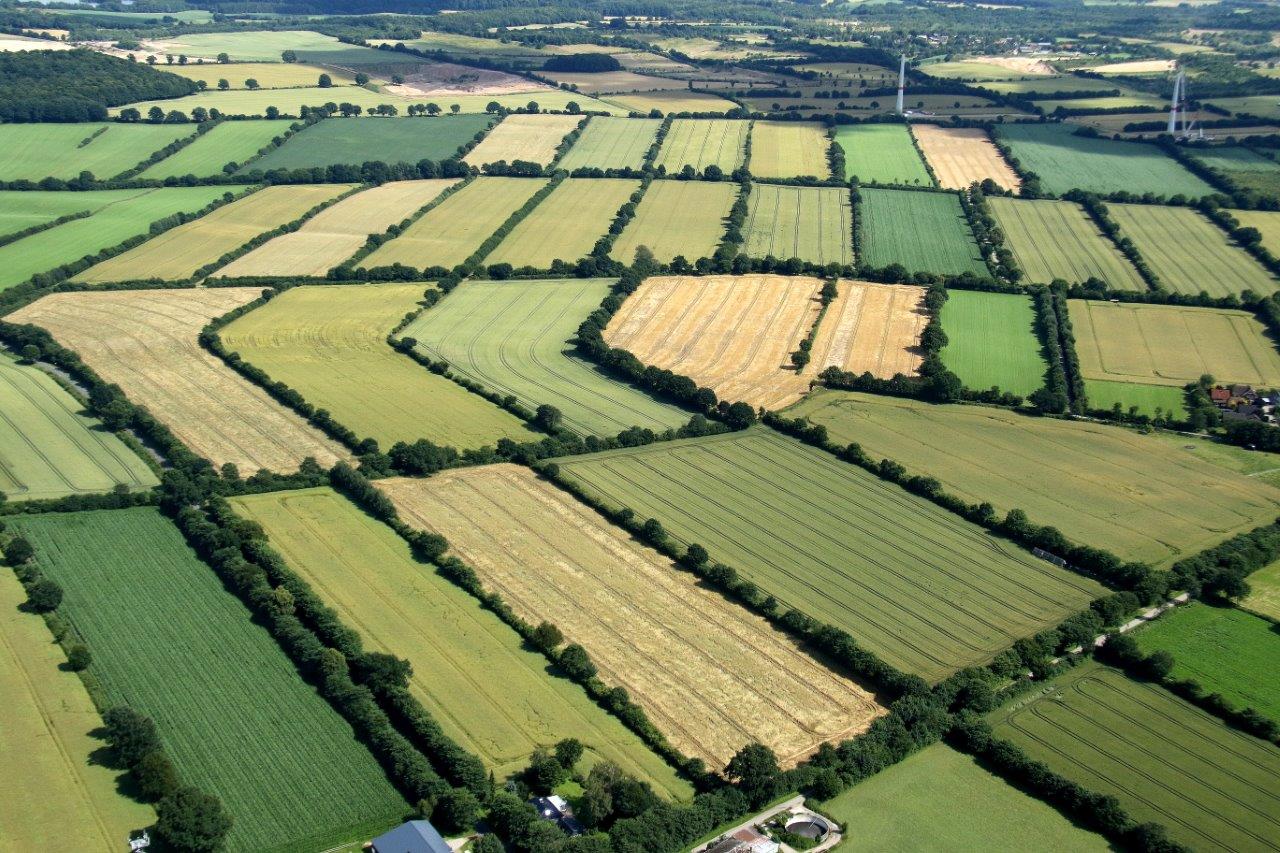
Photo 1: Hedges framing fields, so called “Knicks” in northern Germany, © Klaus Dürkop
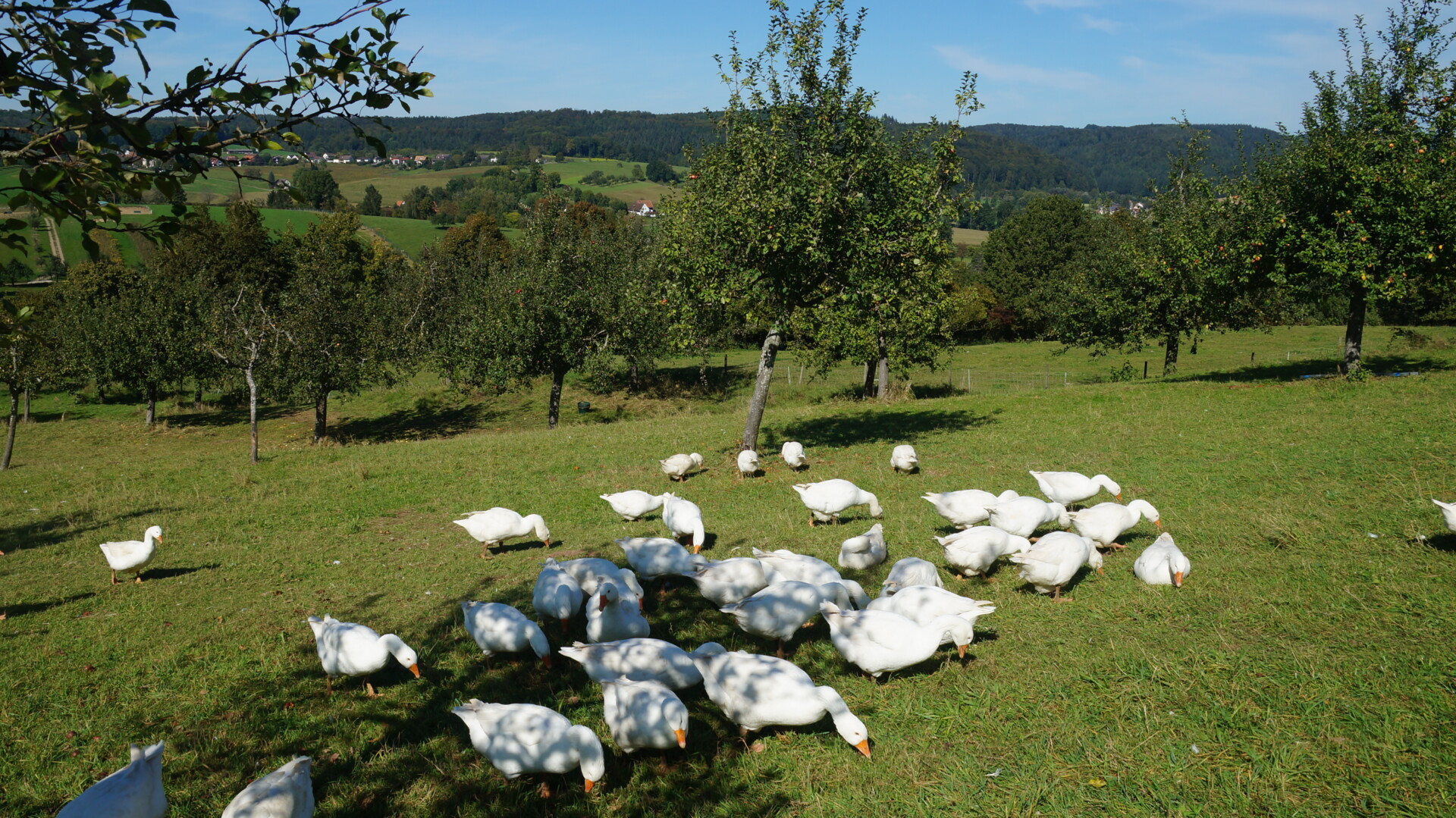
Photo 2: Fruit orchards, so called “Streuobstwiese” in the south of Germany, © Julia Günzel
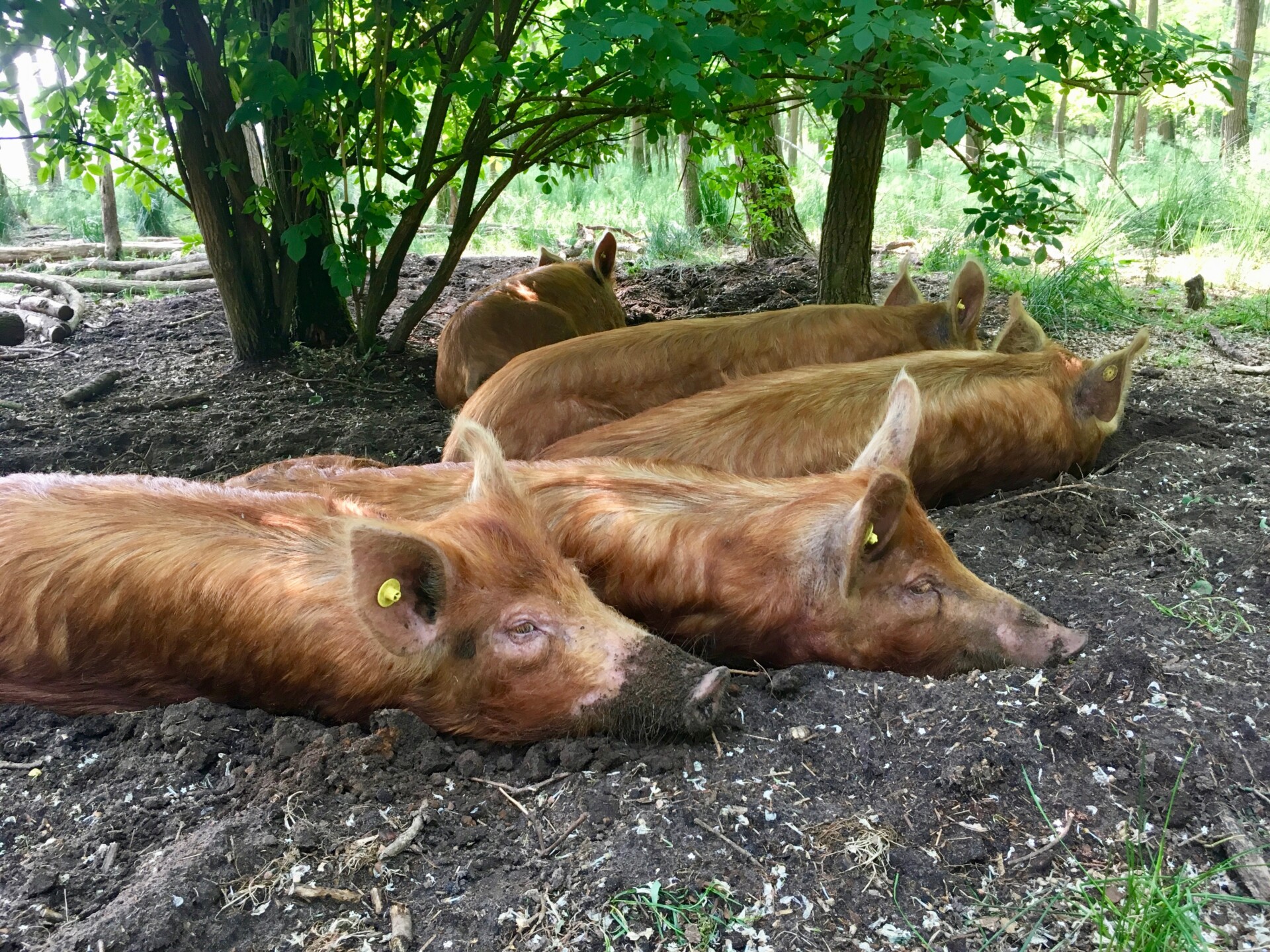
Photo 3: Silvo-pastoral forest grazing with pigs, © Rico Hübner
2.2 Modern agroforestry
In 2023 the DeFAF Agroforestry Map counted 161 agroforestry systems in Germany with 1,304 ha thereof 290 ha wooded area. 45% are silvo-pastoral systems, 39% silvo-arable and 16% can be defined as agro-silvo-pastoral.
To establish agroforestry on a wider scale as a sustainable farming method, systems are recommended that are compatible with current farming methods. Alley cropping is a planting system where parallel rows of trees and shrubs are combined with arable crops at intervals that are based on the width of the agricultural machinery (photo 4). This allows the diverse potential of agroforestry to be utilized without the trees interfering with modern production techniques. Alley cropping is often planted with fast-growing short-rotation coppice, with single tree plantations for stemwood production or as a combination of both, including shrubs.
Livestock farming in combination with agroforestry is experiencing a current upswing in Germany. Whereas in the past the trees of the forest pasture provided the animals with food, shade and protection from wind and weather, modern silvopastoral systems in rows of trees are planted aiming at a higher structural diversity for livestock and animal welfare (photo 5). The trees also improve the nutrient cycles of the land and, depending on the system, they support animal health. Fallen fruits from orchards as well as young twigs and leaves provide an additional healthy source of feed for livestock, which mitigates or even prevents diseases. Also the integration of trees on areas used for the free-range poultry such as chickens (“chicken coppice”) (photo 6), turkeys or geese, offers added value for livestock farming in the form of the production of energy wood, for example. The trees create retreat and shelter for the animals and promote the utilization of the entire open area.
Other forms of modern agroforestry systems are wood strips along the edges of watercourses (photo 7). Tree species such as willow, poplar and alder along water streams reduce the input of substances and thus improve water quality. The water quality also might profit from the shading effect. The wood from the trees can be utilized as energy wood. Unfortunately, the authorisation process for such agroforestry systems is still difficult and cooperation between agricultural, nature conservation and water protection stakeholders still needs to be improved.
With the increasing demand for regionally and sustainably produced food, urban agroforestry systems have great potential. Whether community garden, urban orchard or urban forest garden – agroforestry systems in the city take many forms, but all produce a variety of foods in a small space (photo 8).
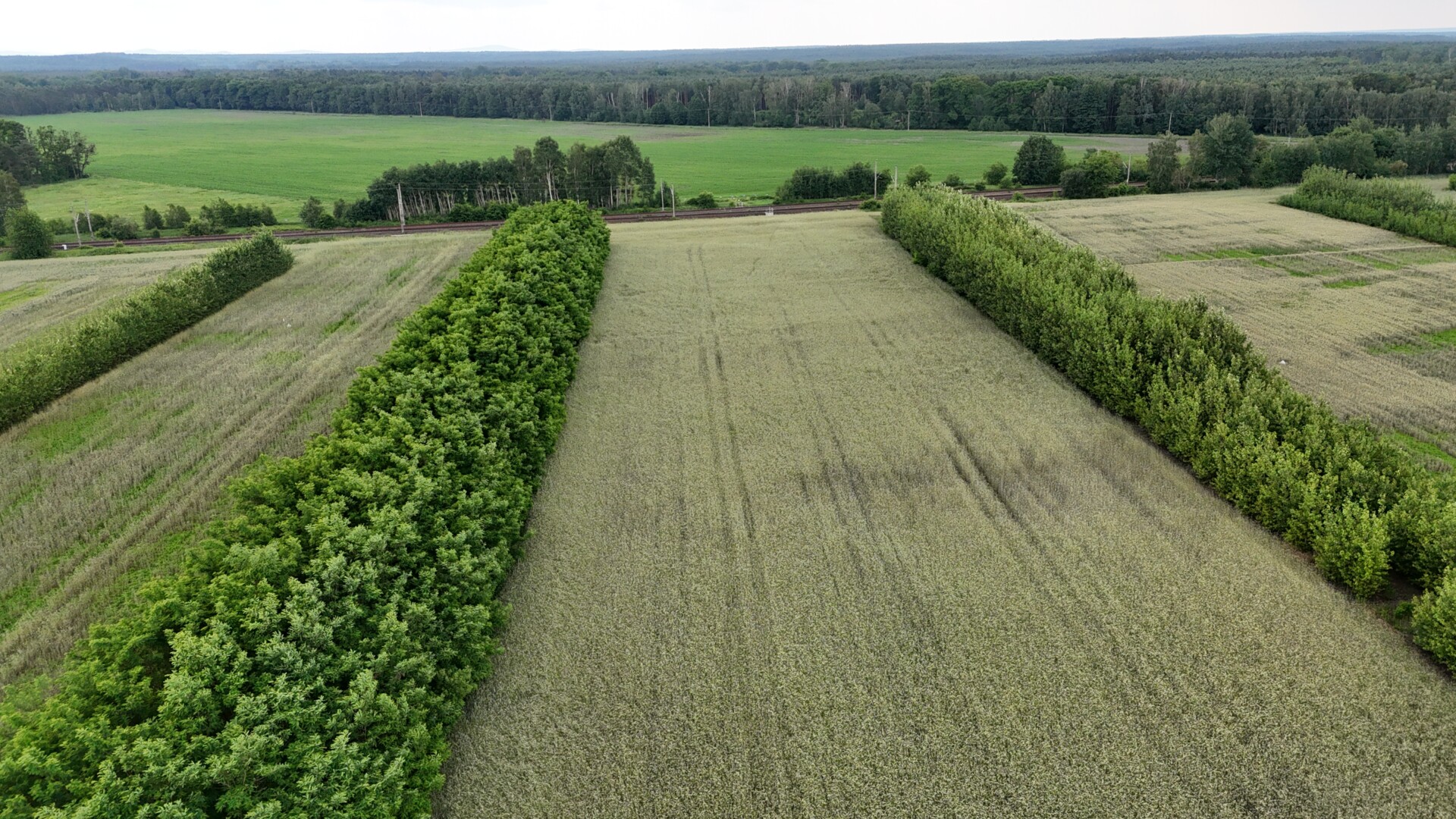
Photo 4: Alley cropping in Brandenburg, © Leon Bessert
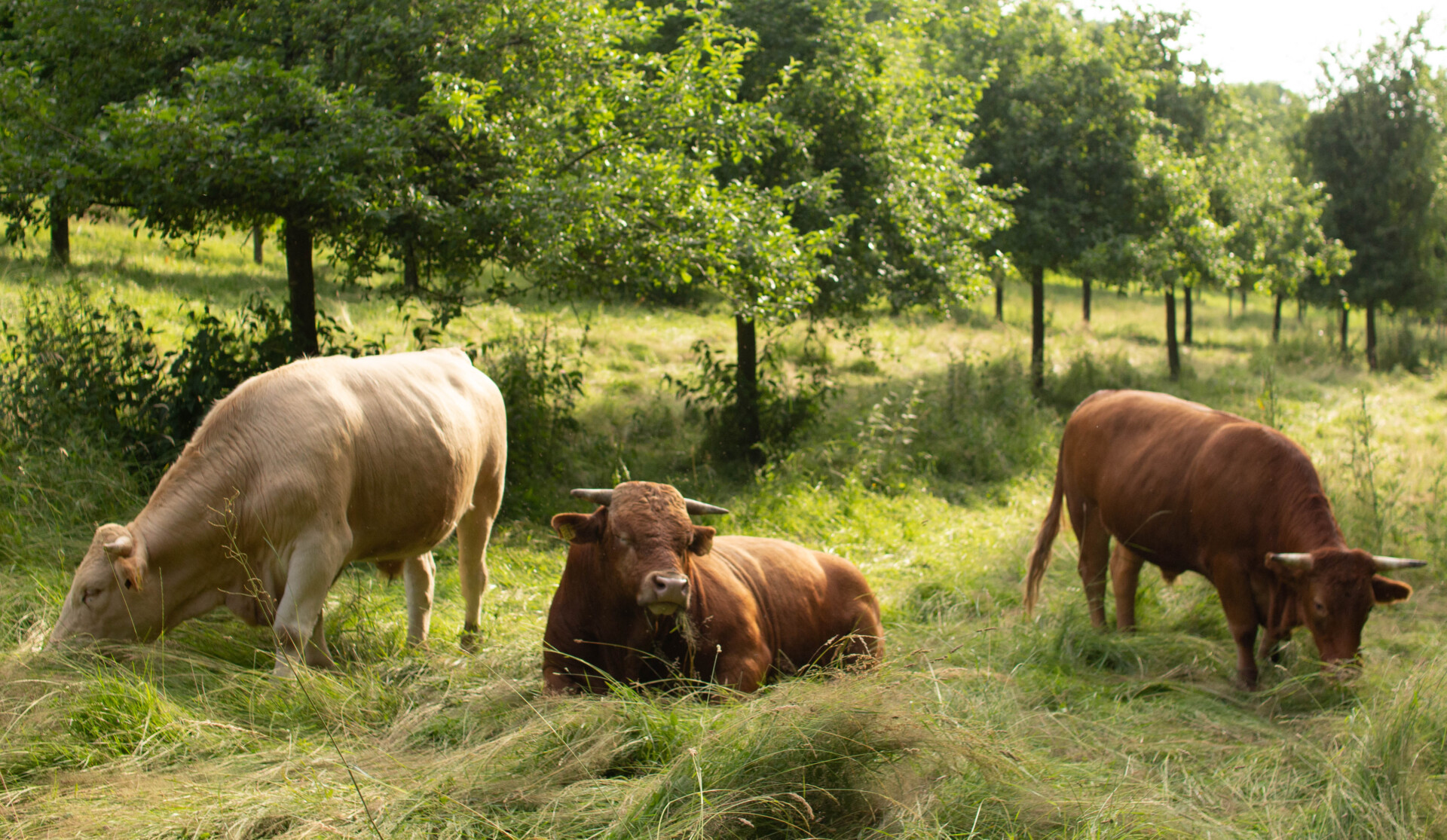
Photo 5: Livestock farming with trees in Rhineland-Palantinate, © Hugo Orenga
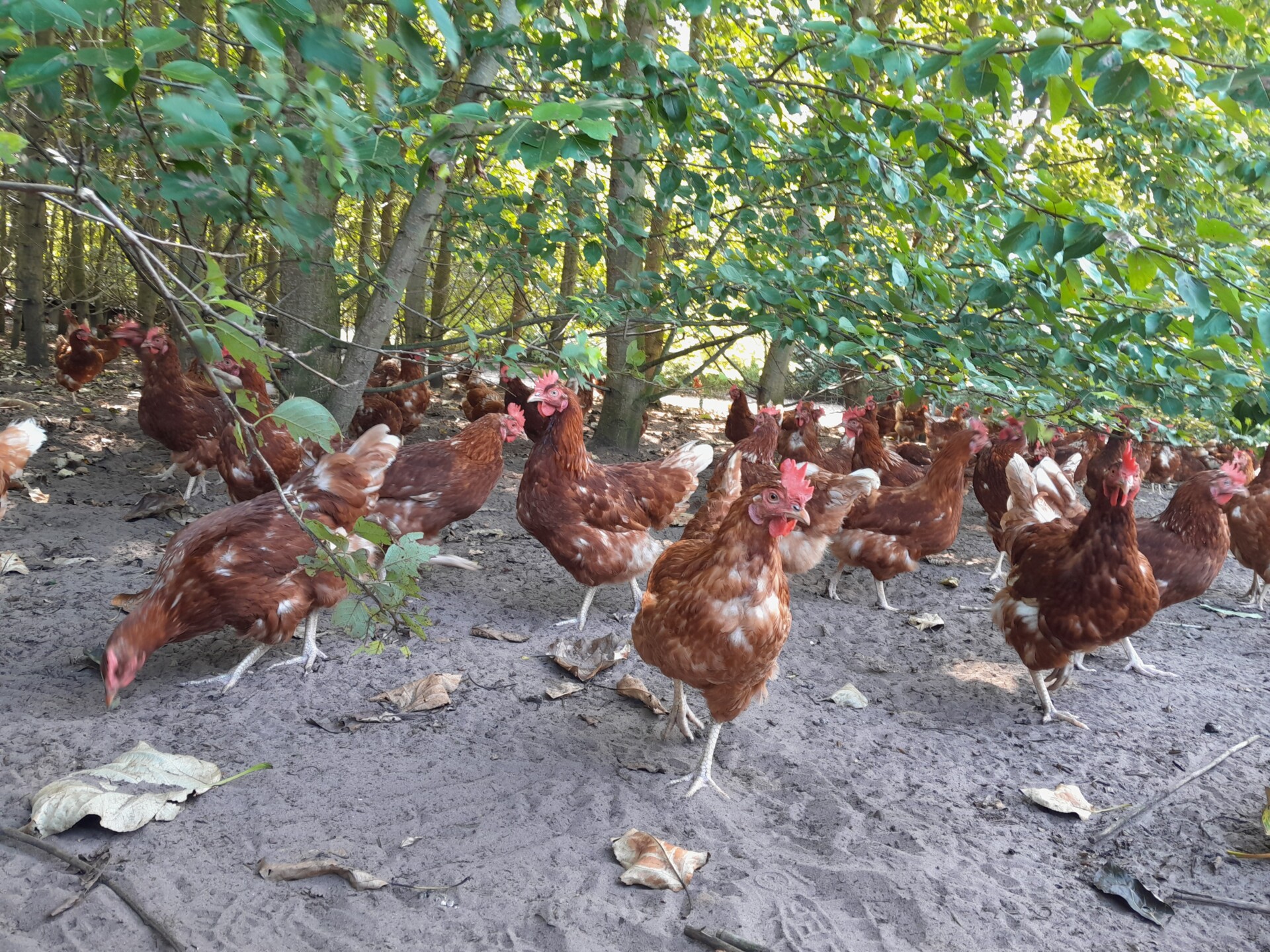
Photo 6: Chicken coppice in North Rhine-Westphalia, © Julia Günzel

Photo 7: Agroforestry strips along small water course, © Rico Hübner
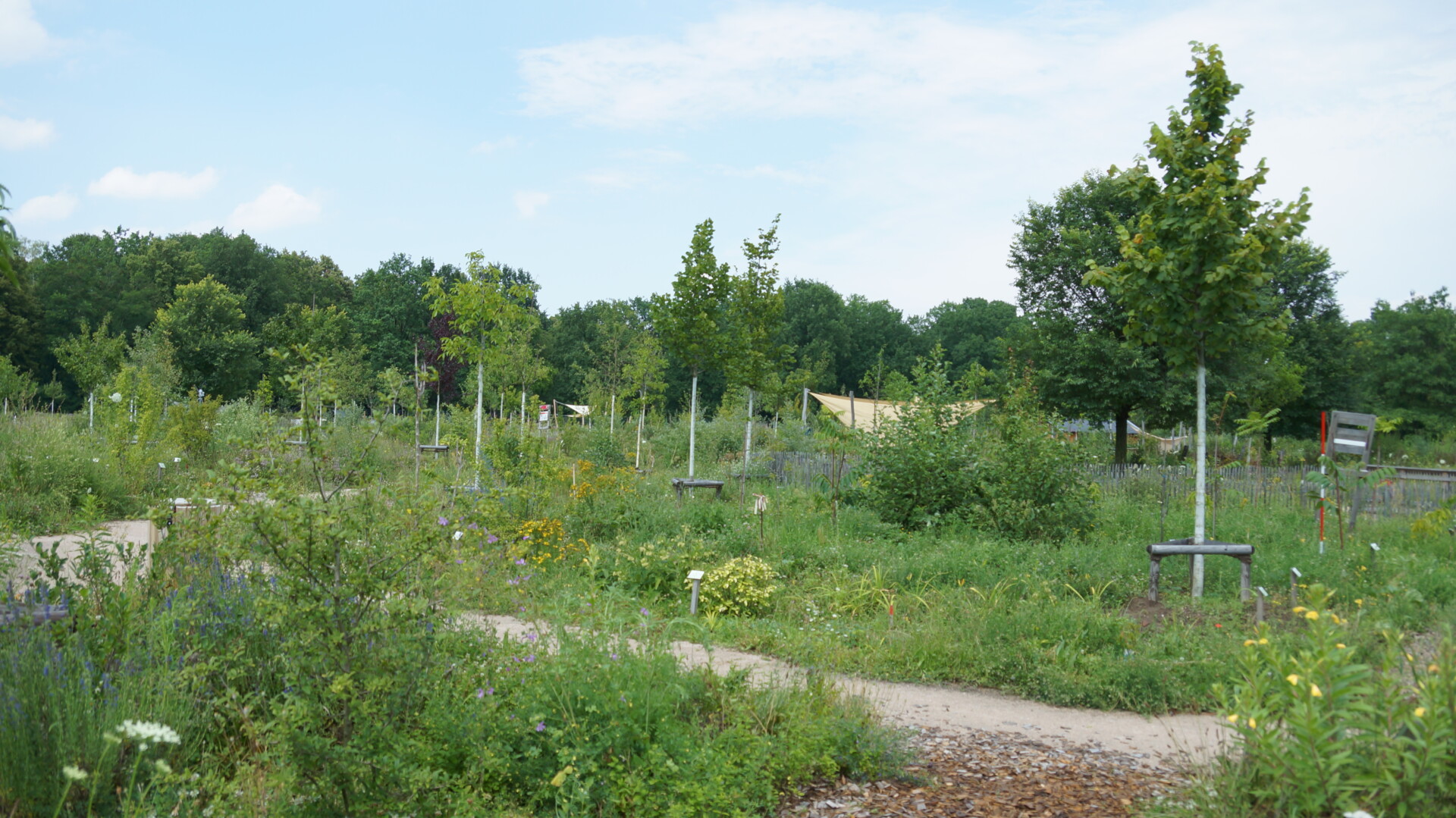
Photo 8: Urban forest garden in Berlin, © Julia Günzel
- AGROFORESTRY POLICIES IN GERMANY
Since 2023 the CAP offers the opportunity to establish and manage agroforestry systems in Germany with legal certainty to establish and manage agroforestry systems without having to accept losses in terms of basic income support. This is a major step forward and opens up the opportunity to realize many agroforestry areas in Germany.
Pillar I of the EU’s Common Agricultural Policy (CAP) contains, beside the basic income support for sustainability, the eco-schemes which farmers can implement on a voluntary basis. In Germany, seven eco-schemes have been agreed and range between €40 and €1,300 per hectare. Of relevance for agroforestry is Eco-Scheme no. 3, according to which from 2024 a support of €200 per hectare of wood area can be claimed for the ‘maintenance of agroforestry management on arable land and permanent grassland’. Conditions apply, for example, the wooded strips must be between 2 and 35 % of the total area, the width of the individual wooden strips must be between 3 and 25 m etc.. A revision is under way, to which the minimum width and the minimum distance to the border – which formed a major hindrance in practical terms – will be lifted.
Under the pillar II of the CAP, different funding programmes and guidelines are set up depending on the federal state, which take into account the establishment and management of agroforestry systems, such as agri-environmental and climate measures (e. g. Brandenburg) or special investment funding guidelines (between 40 and 65% funding) (e.g. Bavaria, Mecklenburg-Western Pomerania, Saxony, Lower Saxony).
The joint task ‘Improvement of agricultural structures and coastal protection’ (in German: Gemeinschaftsaufgabe Agrar- und Küstenschutz – GAK) is also decisive for funding at regional level. Measures that the federal states wish to promote and are also included in the GAK framework plan can be co-financed by the federal government. This makes the funding of certain measures more attractive for the federal states. In the GAK framework plan, an additional €100 million may be earmarked nationwide from 2025 in the Natural Climate Protection Action Programme (in German: Aktionsprogramm Natürlicher Klimaschutz – ANK) to promote agroforestry systems and hedgerows. There is great hope that the federal states will take up this funding opportunity and draw up corresponding funding guidelines and programmes.
Sources
DeFAF e. V. (ed., 2024): Agroforstsysteme in der GAP ab 2023 – ein Überblick.
DeFAF e. V. (ed., 2022): Agroforstwirtschaft. Die Kunst, Bäume und Landwirtschaft zu verbinden
Learn more: www.defaf.de
Contact DeFAF: [email protected]
